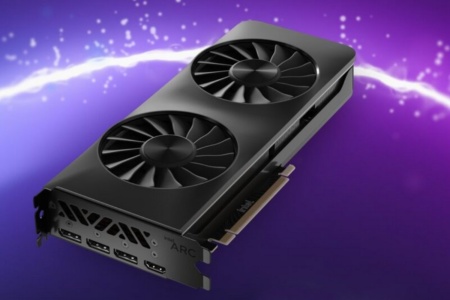
The official history of current Intel video cards began almost a year ago. In August 2021, the company introduced the Intel Arc trademark, the Alchemist GPU architecture (formerly known as DG2), announced the competition of its solutions with NVIDIA and AMD, as well as the release of Arc video cards in the first quarter of 2022. The development of the Intel graphics card lineup as of the third quarter of this year gives rise to rumors of a serious delay or even a complete cancellation of the release of the following models, which deserve a detailed analysis.

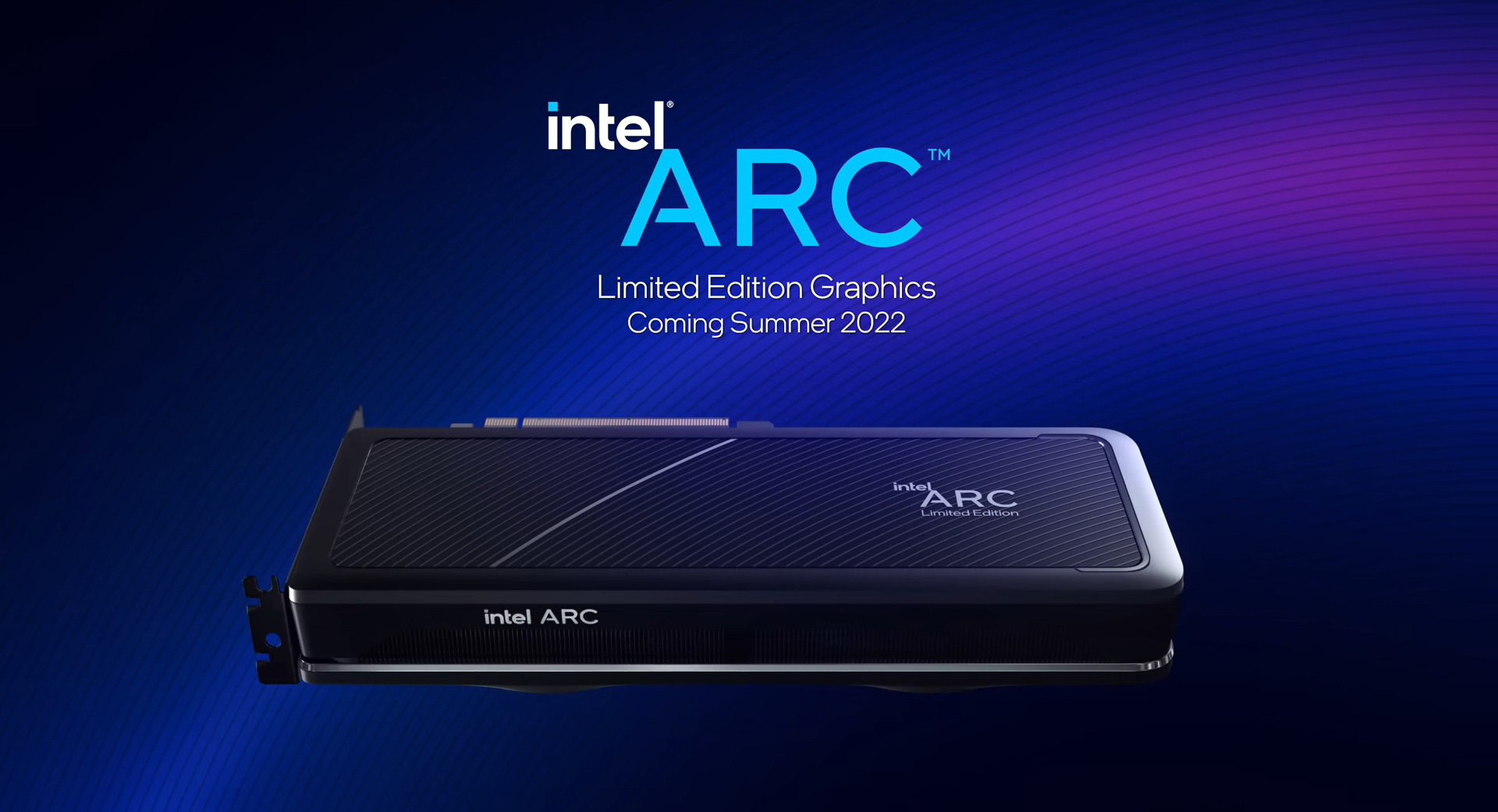
The real state of affairs with the release of Intel Arc video cards
The company did announce a new generation of graphics at the beginning of 2022, and at the moment the state of affairs is as follows:
- in the first quarter, a “paper” launch of graphics processors for laptops took place;
- in the second quarter, Intel failed to catch up with widely available desktop models of competitors;
- in July, reviewers got Intel Arc A380 and even Intel Arc A750 discrete graphics cards;
- the company openly announced problems with drivers and poor support for older versions of DirectX;
- Intel partners upset over delivery delays and lack of feedback
- the graphics division contributed to the overall decline in the company’s earnings.
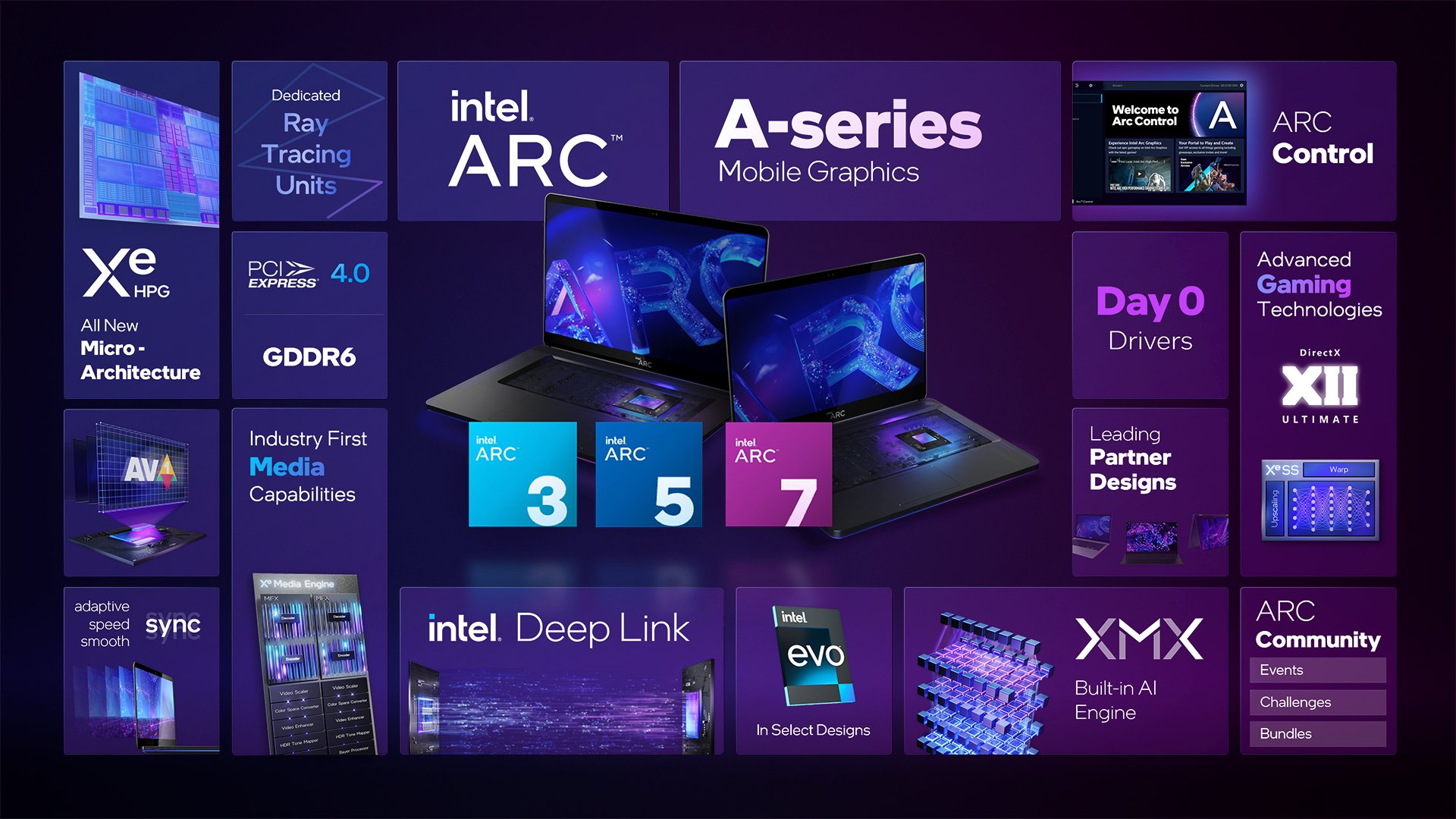
Based on the above, insider information and his own guesses, video blogger Moore’s Law is Dead draws a number of conclusions:
- the graphics division of Intel is not completely honest with consumers, partners and even other employees of the company;
- the first generation Alchemist architecture has fundamental performance-limiting flaws;
- Intel is in internal discussions about discontinuing Arc GPUs following the release of the Battlemage (2nd generation) architecture.
Graphics card manufacturers do not have Intel’s plans for release dates for GPUs. At the same time, Intel VP of Graphics Raja Koduri publicly stated that “we are very committed to our roadmap”, “we will get more updates this quarter” and “four new product lines by the end of the year”.
Intel missed a favorable market situation associated with a shortage of video cards. Now desktop solutions are widely available in a variety, and their prices have seriously decreased. Against this background, it is easy to see the unfavorable position of Intel video cards in terms of price and quality.
Availability and Features of the Intel Arc Line
At the end of March 2022, Intel managed to announce a pair of low-cost 300 series GPUs for laptops. At the same time, the actual number of laptops with such graphics is small, they are not available in all regions.
The Intel Arc A380 desktop graphics card appeared in China and was tested by a number of reviewers , and the Gamers Nexus Youtube channel also tested the Intel Arc A750.
In both cases, the cards barely caught up with the competition, and the reviewers were faced with the following features:
- An unambiguously positive characteristic of Intel cards is the support for hardware video acceleration by the AV1 codec, which Nvidia and AMD do not have yet;
- gaming performance was “insanely inconsistent”, with drastic fluctuations between games;
- Intel Arc A380 was in tests on equal terms with adapters that are already several years old;
- Arc performance is worse in older games without DirectX 12 or Vulkan API support.
- GPU performance degrades when used with non-resizable base address memory (Resizable BAR, ReBAR, Smart Access Memory, or SAM) RAM.
The last point deserves a special mention. The resizable BAR, which allows the CPU to access the entire video memory pool instead of addressing it in chunks of 256MB, also works with current GeForce and Radeon graphics. But Intel Arc is necessary for good work, which cannot be said about competitors. Modern motherboards support Resizable BAR (some after a BIOS update), but older systems may not support this feature.
Driver Issues
According to Intel CEO Pat Gelsinger, the state of driver development is a major reason for delays in Arc graphics cards. Early versions of the software were found to be “grossly inadequate for the level of performance and game compatibility we needed.”
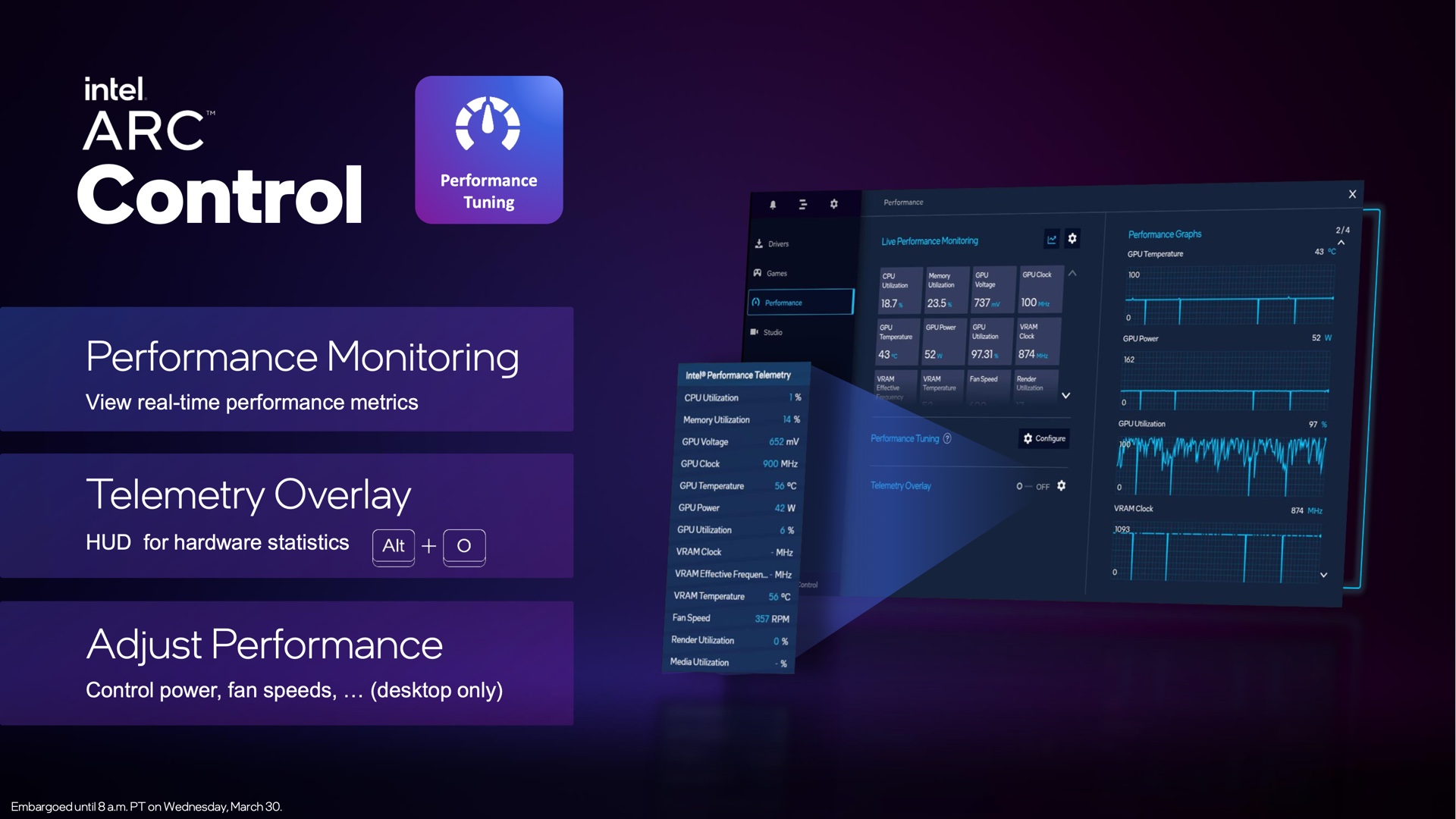
In this regard, it is interesting that the Intel graphics driver package consists of two parts:
- Support for Intel graphics released between late 2015 and current (with an attachment of a “legacy” early Intel HD and UHD integrated video driver);
- a separate, more frequently updated driver for discrete graphics cards and the newer Intel Iris Xe integrated graphics.
Performance using Intel Arc graphics varies greatly depending on game optimization. According to Intel employee Tom Peterson , the company has a three-tier support strategy across its GPU lineup:
- Games with support for the latest APIs and extensive optimizations for Arc. At this level, Intel aims to “kill everyone on price/performance” and be “the best in performance”. Examples include Cyberpunk 2077, Control and Fortnite.
- Less optimized games running on DX12 and Vulkan. They should work “pretty good”.
- Games for DX11 or earlier will have notoriously poor performance compared to similar Nvidia and AMD cards.
Some performance issues can be resolved programmatically: for example, a small change to the Linux driver significantly improved the ray tracing performance of Arc maps. Over time, poor compatibility with older games will naturally go away. But it can take years for games to progress and drivers to improve, while more experienced competitors also will not stand still.
Prospects for Intel Arc graphics in the current economic situation
Whether the problems are caused by hardware or software, Intel’s management and shareholders may not have the patience for the graphics team’s problems, which has happened repeatedly in the past.
Even if we take the conclusions of independent testers and analysts as critically as possible, the problem with Intel Arc is obvious, has a complex character, and requires time and money to solve.
The company is losing its leadership position in the production of chips, giving way to TSMC and Samsung. A significant part of the market for PC processors and servers goes to AMD. The general situation narrows the company’s room for maneuver in dealing with problematic projects.
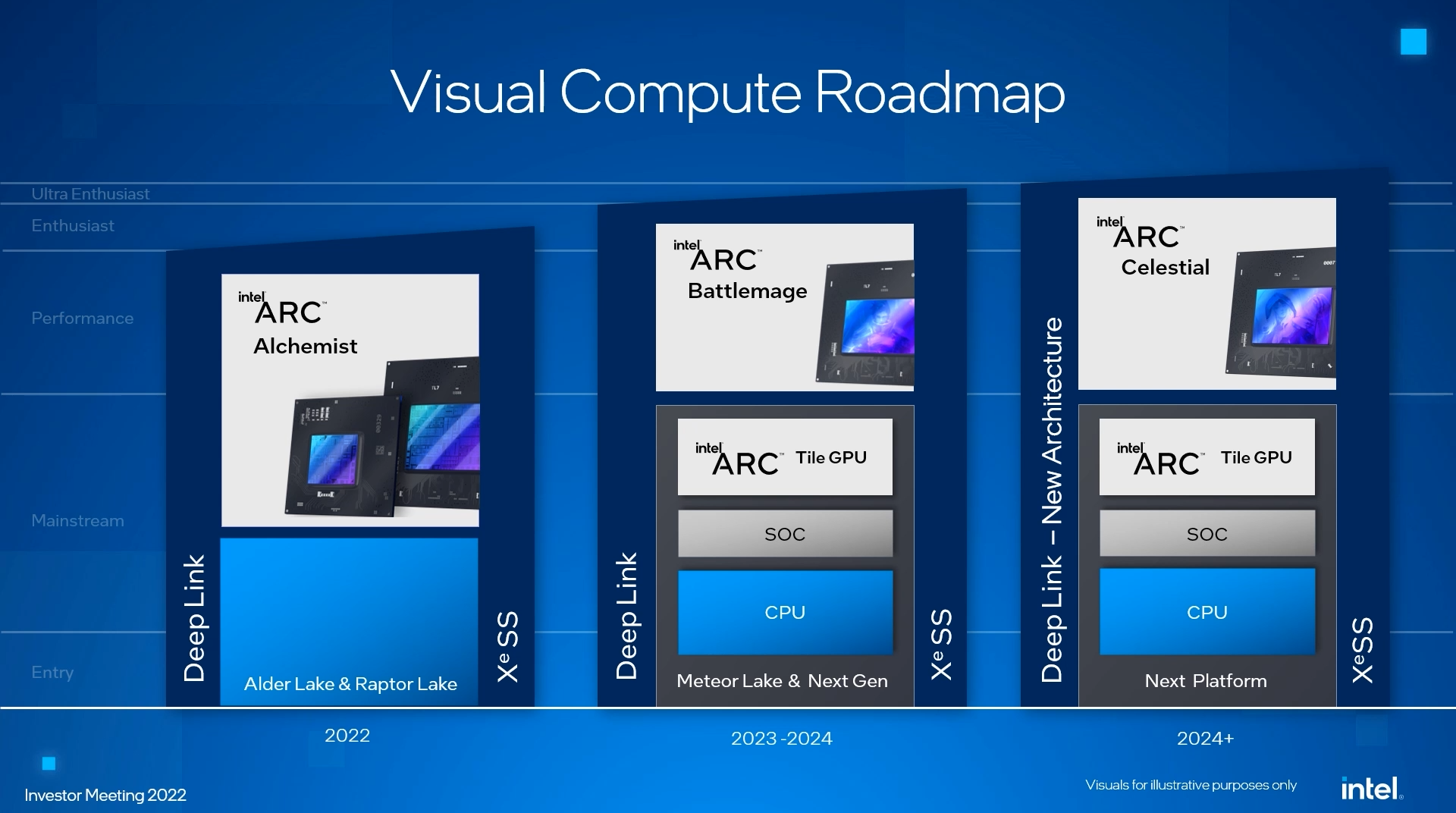
The problem is compounded by the presence of a long-standing, sometimes unstable market segment with entrenched competitors. Entering the video card market with products that already lag behind competitors in both performance and power consumption, it will be difficult to take market share from them without heavy dumping . It is even more difficult to catch up with a moving target. Intel has seen this before, both in graphics solutions and in the introduction of SoCs for smartphones and other devices.
Selling low-margin solutions is unlikely to bring in solid profits, especially compared to the potential growth from the chip business for third-party customers. The company’s efforts are likely to be redirected to this and other main areas.
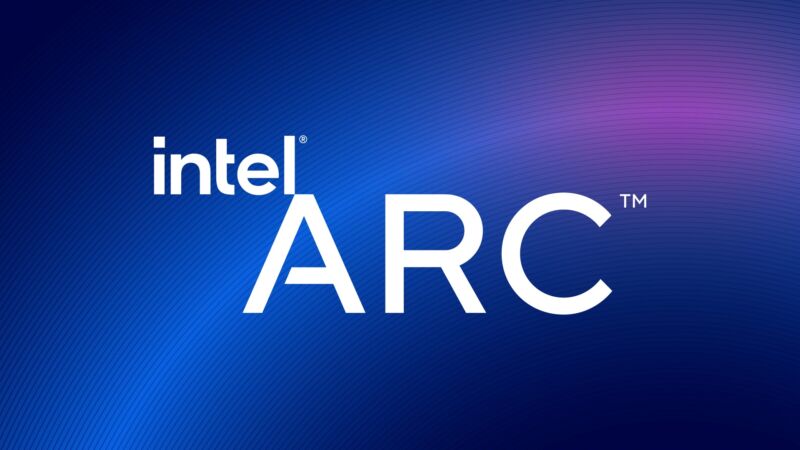
The next few years will be decisive for Intel GPUs. Improved drivers, aggressive pricing, and the Battlemage architecture could see the company establish itself as the third-largest manufacturer in the GPU segment. Or Arc will eventually go down the path of Larrabee, a once-promising project that didn’t work out the way it was supposed to.
For greater clarity, a comparison of the cost of Intel and AMD at the beginning of August 2022 (not in favor of the first):
AMD again costs more than Intel – the day before, the manufacturer of Core processors recorded a rapid decline in revenue
Sources: Ars Technica , PCWorld , VideoCardz , Moore’s Law Is Dead , Gamers Nexus





